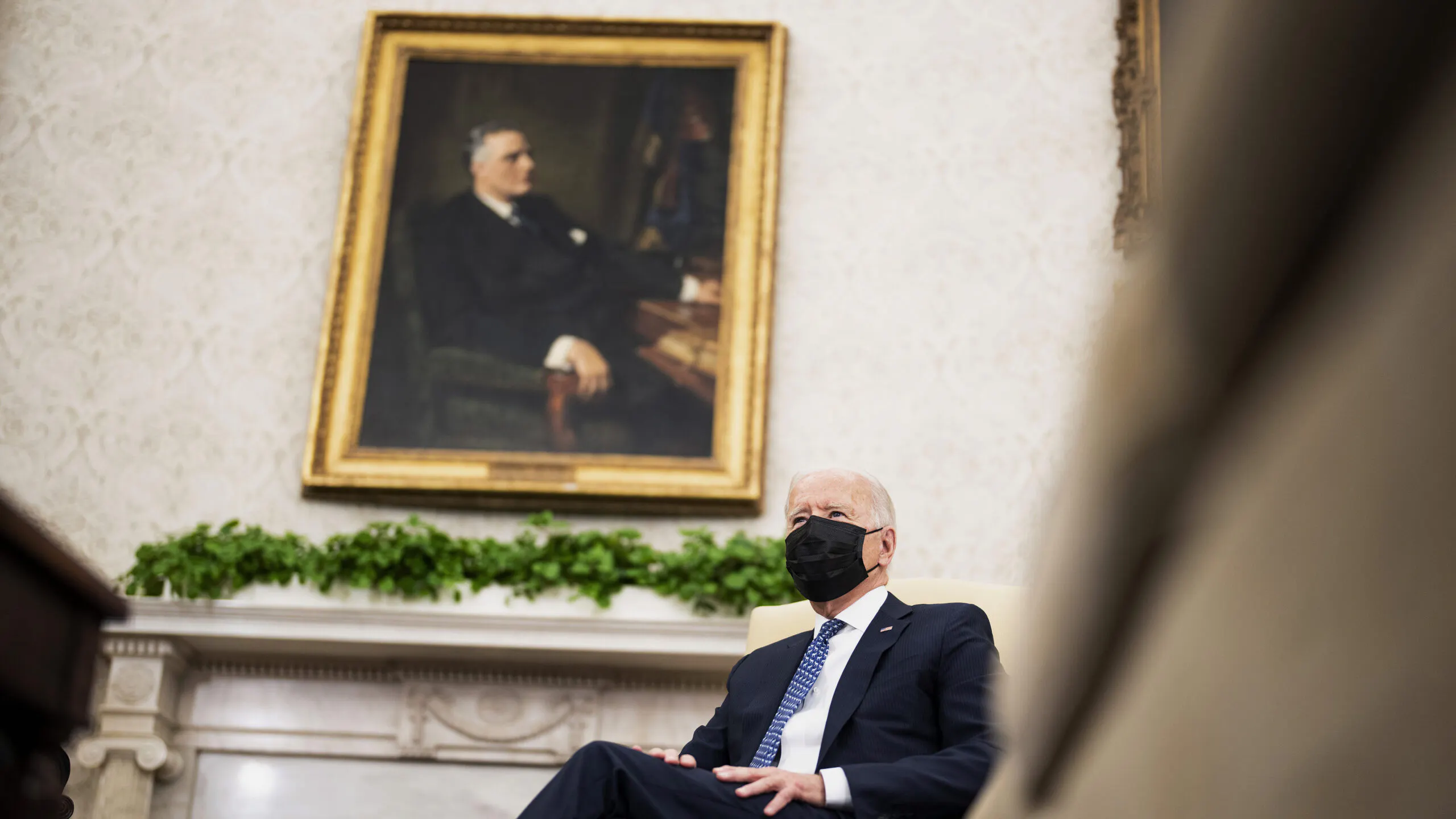An analysis from the Federal Reserve Bank of St. Louis compared last year’s recession to the Great Depression.
The National Bureau of Economic Research recently determined that the recession of 2020 was the shortest ever recorded in American history. The agency defines a recession as the time between a “peak” and “trough” in economic activity; the United States economy experienced the former in February 2020 and the latter in April 2020.
However, as discovered by David Wheelock — a Senior Vice President and Special Policy Advisor at the Federal Reserve Bank of St. Louis’ Research Division — last year’s downturn exceeded the Great Depression in initial severity. Wheelock observed that the decline in the first two quarters of the 2020 recession was larger than the decline during the first two quarters of the Great Depression — and the drop in economic activity during the second quarter of 2020 was greater than any quarterly decline during the Great Depression.
Nevertheless, most key economic metrics saw far more rapid recoveries in 2020 than during the Great Depression after their initial drop.
For instance, the unemployment rate nearly quintupled during the 2020 recession — from 3.5% in February to 15% in April — before rebounding to 7.9% by September 2020 and 5.2% in September 2021. Amid the Great Depression, unemployment gradually rose to 25% from 1929 to 1933, then remained above 10% through the 1930s.
The same is true of stock market performance. Asset prices dropped roughly 30% within the three months beginning in October 1929 before falling almost 85% by 1932. In comparison, stock prices fell around 20% from February to March 2020 — yet they had recovered to 94% of their pre-recession level by June 2020.
“The 2020 contraction might turn out to be the sharpest, but also the shortest, in modern times and perhaps of all time in the United States,” summarized Wheelock.
During the Great Depression, President Franklin Roosevelt introduced the New Deal agenda to assert new degrees of federal involvement in economic management; likewise, President Biden is rolling out the Build Back Better agenda in response to COVID-19 and the lockdown-induced recession.
After President Trump signed the $2.2 trillion CARES Act in March 2020 and another $900 billion aid package in December 2020, President Biden approved the $1.9 trillion American Rescue Plan in March 2021 — equating to $5 trillion in combined federal stimulus spending.

.png)
.png)

